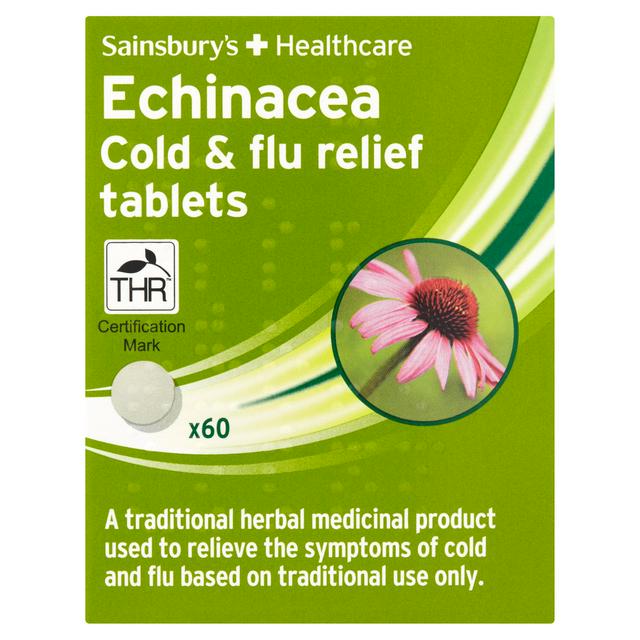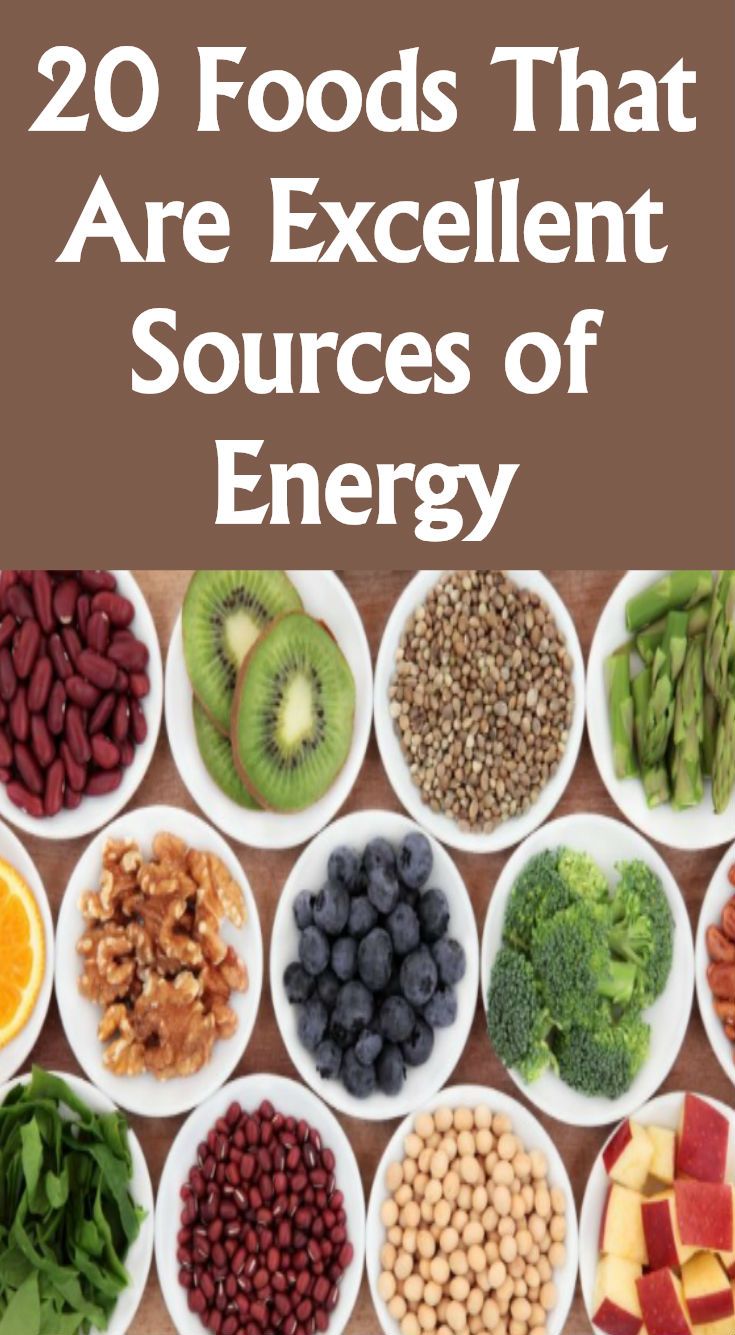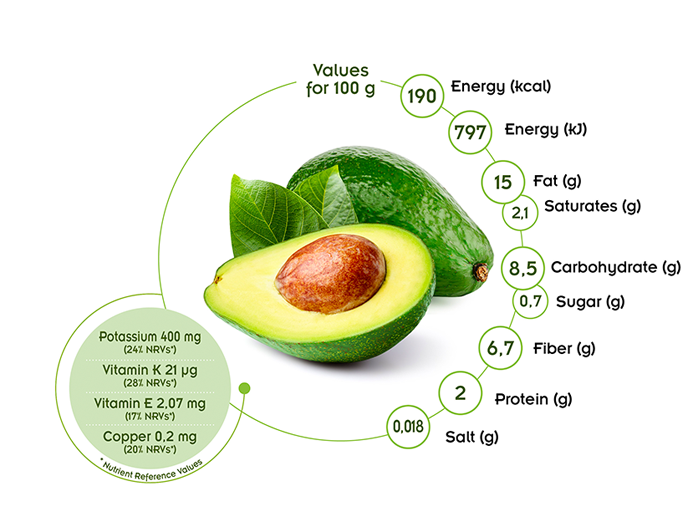
An activity poster and MyPlate graphic will help students learn the basic food groups. The poster highlights the appropriate proportions of each group for a healthy diet. Half of the plate is made up of fruits and veggies. Students will read a description for each food group on the sheet and then divide the plate among the five food groups. One example is the Dairy Group. This includes milk products. This group provides the body with calcium-rich foods that help keep the bones strong.
Numerous studies have shown people should eat a lot more fruits and vegetables today. The National Institute of Diabetes estimated that 30.3 million Americans were diabetics in 2010. Many of these were type two and 1.5 million more were diagnosed each day. Heart disease is still the leading cause for death in the United States. According to the CDC, cardiovascular disease is responsible for more than a quarter of all deaths in the United States. Therefore, it is important to increase the intake of vegetables and fruits as part of a healthy lifestyle.
MyPlate also provides other dietary guidelines. You can either eat raw vegetables or juiced. They are good sources of fiber, vitamins and other important nutrients. Vegetables are a good source of protein as they are low in fat. Children should consume two and a half cups of fresh fruits and vegetables every day, including green leafy vegetables and broccoli. Vitamin A is also important for children's eyes and skin.
MyPlate does not solve the obesity problem. Its goal is to promote healthy eating habits and exercise among American adults. MyPlate has been the most commonly used guide in the United States since June 2011. The MyPlate graphic shows a place setting with five different food groups. The table shows a portion of fruits, vegetables and grains. MyPlate has proven to be an excellent tool for nutrition education.
MyPlate makes it easy for consumers to access. It is simple to understand and also includes detailed information regarding the dietary recommendations for various food groups. The MyPlate website identifies an individual’s ideal values for each one of the five food groups. Each person can customize the MyPlate chart to reflect their physical activity level and age. MyPlate does not target specific food groups but is intended to be a guideline for healthy eating.

The MyPlate does NOT specify which foods belong in each category. The USDA recommends that there be a wide range of foods within each category. The USDA doesn't specify the exact amount of each food in the food pyramid. Grilled salmon, for example, has higher levels of omega-3 fatty acids, but more saturated fat. This makes it an ideal snack for people who travel frequently. MyPlate will help you eat a healthy and balanced diet.
The MyPlate food pyramid encourages people to eat a variety of grains, as well as foods made from them. Whole grains are ideal, as they contain plenty of B vitamins, which are vital for healthy skin, nervous system, and blood. Most grain foods are low-fat and low-calorie, despite the plate diagram. These foods are high in sugar so some people don’t eat enough. You must eat lots and plenty of vegetables and fruits every day in order to be healthy.
The MyPlate is built around the food groups that we eat. While the MyPlate focuses on fruits, vegetables, it also emphasizes the importance eating a variety to get the best nutrients. It is important to eat different types of fruits and vegetables every day. You should eat different types of vegetables and fruits. Your body will get the most vitamins if you eat both the fruits and vegetables. You should avoid eating a variety of fruits or vegetables.

There are seven food groups in the MyPlate food pyramid. It is divided into five main food categories: fruits, vegetables and protein foods. You can also use the MyPlate's visual guide to help make informed food choices. Now what? The MyPlate can help you make informed decisions about your health. Include the following five food groups in your daily meals.
FAQ
How do I get hired as chef?
You must complete a degree in culinary arts to be able to apply for a job at the table as a professional chef. Next, join a professional organisation such as ACF. This organization offers certification exams, as well networking opportunities.
How much does a culinary school cost?
Culinary school costs vary depending on where you go, how long you study, and what program you choose. The average tuition cost is $10,000-$30,000 annually. Most students graduate with approximately $20,000 in debt. Some programs offer scholarships, grants, or work-study opportunities.
Can I cook with my family?
Yes! Children love to help in the kitchen. It's an enjoyable activity that teaches responsibility and teamwork. Children can help with everything from washing vegetables to chopping onions. They will enjoy helping you to cook if your children are safe with knives.
Statistics
- On average, chefs earn $58,740 a year, according to the BLS. - learnhowtobecome.org
- The median pay for a chef or head cook is $53,380 per year or $25.66/hour, according to the U.S. Bureau of Labor Statistics (BLS). (learnhowtobecome.org)
- under 10 Kids have been taught that there is special food just for them, and Fiese says that 10 percent of kids will throw a tantrum if they don't get the food they want. (washingtonpost.com)
External Links
How To
How to cook a Steak
The thickness of the meat determines the best cooking method. Thicker steaks can be cooked on a low heat. Thicker steaks need to be cooked at higher temperatures.
It's important to not overcook the steaks as they will lose their taste. Make sure to remove the steaks from the pan after it is done. This will help you avoid burning your skin.
Cooking time will depend on the size of your steak and the desired level of doneness. These are some guidelines:
Medium Rare: Cook the meat until it reaches medium rare (63°C). This can take anywhere from 3 to 5 minutes per side.
Medium: Cook until medium. This means that the internal temp has reached 160 degrees F (71 degrees Celsius). This usually takes only 6 minutes per side.
Good Cooking: Cook the meat until it is done. This means that the internal temperature reaches 180F (82C). This normally takes 8 to 12 minutes per side.